Do You Know How to Select a Platelet-Rich Plasma Preparation System?
Contents
Platelet-rich plasma (PRP) is a concentrated solution of platelets derived from an individual’s blood.
Within these platelets, there are growth factors (GFs) such as:
- Platelet-derived
- Vascular endothelial
- Basic fibroblast
- Epidermal
- Insulin-like
- And lastly, transforming growth factors β1 (TGF-β1), stored in alpha granules.
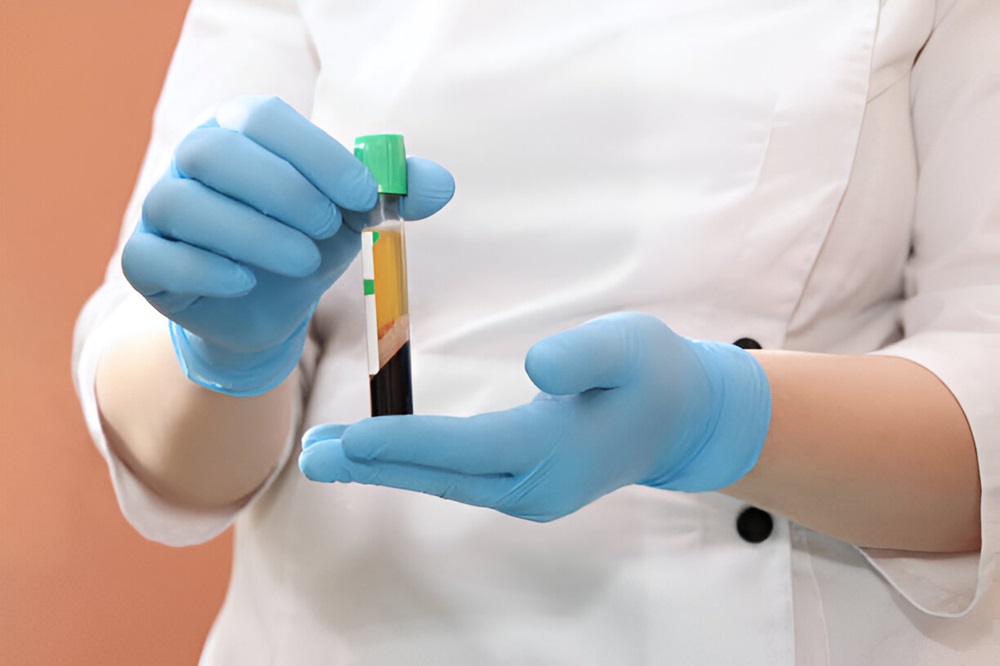
These platelet-derived growth factors become active when coagulants activate the concentrated platelets.
These growth factors released from the platelets can serve various purposes. They are responsible for attracting, increasing the number of cells, and guiding the specialization of cells.
Still, they also contribute to processes like forming new blood vessels (angiogenesis) and the body’s responses to inflammation.
PRP Tubes from Germany offered by Plasmolifting World have found utility in various surgical procedures and medical treatments, particularly in plastic surgery and dermatology.
This popularity is due to its ability to expedite the healing of wounds, support the survival of transplanted fat tissues, and stimulate hair growth.
How to select a platelet-rich plasma preparation system
The following are a few tips for choosing a platelet-rich plasma preparation system:
1. Look for systems having the minimum RBC count
In a perfect world, there should be no RBCs in the finished PRP product. RBCs should be avoided in any PRP treatment since they negatively impact healing on several levels.
2. Look at the number of neutrophils rather than monocytes and lymphocytes
Neutrophils induce a state of inflammation and break down in the targeted region. In contrast, monocytes and lymphocytes collaborate harmoniously with platelets, amplifying the curative impact.
An optimal PRP system would reduce the presence of neutrophils while simultaneously maximizing the levels of monocytes and lymphocytes, thus optimizing the healing process.
[irp posts=”1152″ ]
3. Pass the platelet dose threshold
According to specialists, a pivotal phase in the healing journey involves attracting progenitor cells to relocate to the intended site and initiate rapid multiplication.
In cases where a PRP sample falls short of eliciting this cellular reaction is categorized as ineffective.
4. Have a high platelet yield
An effective gauge of PRP system efficacy involves assessing the proportion of platelets from the initial blood extraction that successfully populate the PRP sample.
Platelet yield can vary between 13% and 79%. Typically, a strong correlation exists between superior efficiency and remarkable quality.
Certain manufacturers meticulously focus on preserving these valuable platelets by considering intricate factors.
In contrast, others may opt for a less complicated approach by collecting larger blood volumes from the patient to compensate.
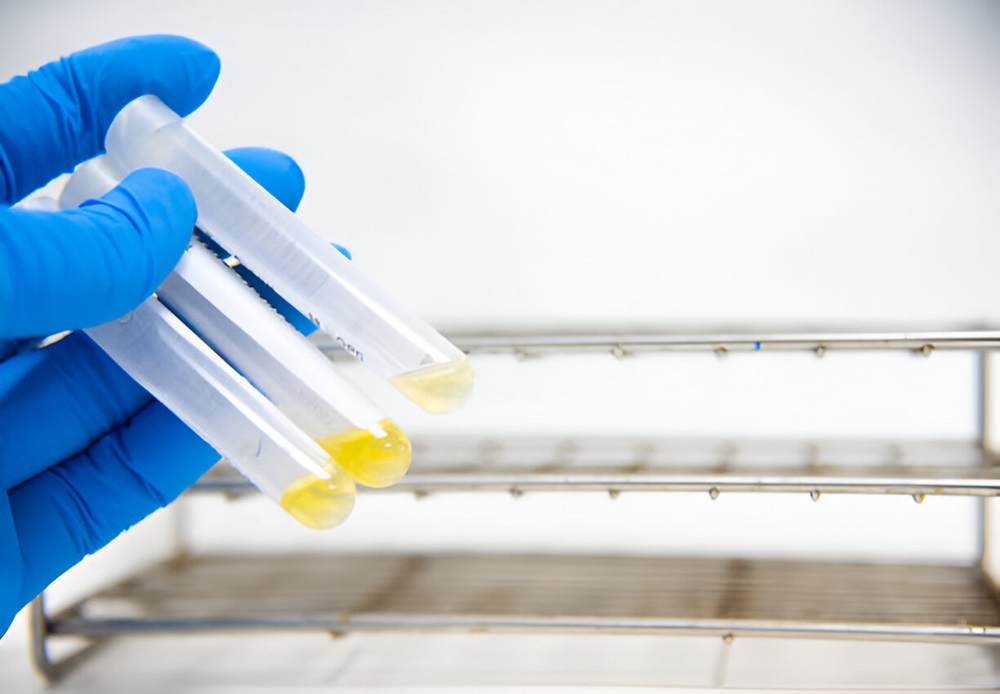
5. Ensure it is a closed system
The evaluation of PRP quality and purity necessitates considering potential contact with contaminants in the office environment.
In specific PRP systems, accessing the buffy coat involves removing the lid from a container.
However, unless this is done within a ventilated hood, there is a risk of exposing the PRP to infectious agents such as bacteria or viruses.
Integrating PRP into your practice might seem daunting at the outset. Opting for a clinically efficient, economical, and user-friendly system can simplify your process.
The tips mentioned above can help you compare PRP systems and find one that fits perfectly with your specific practice.






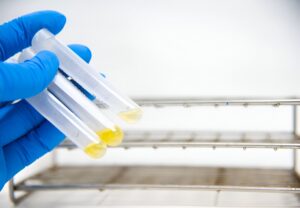
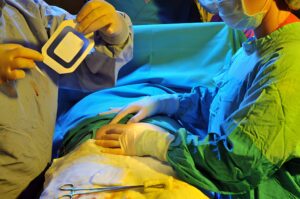
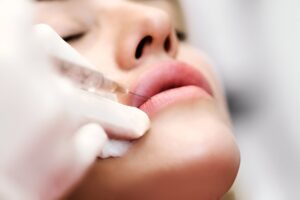
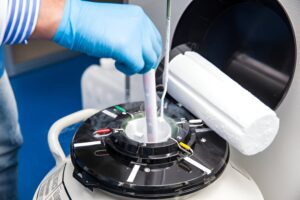



Post Comment